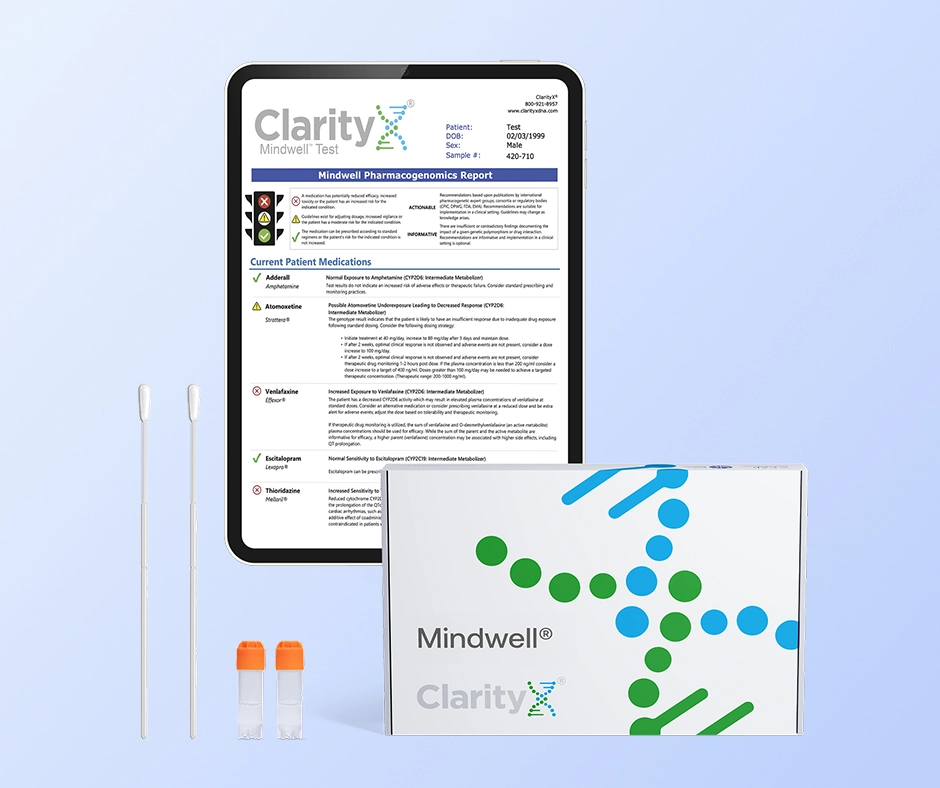🇺🇸 Fourth of July Sale! Save 25%
CRESTOR is an HMG Co-A reductase inhibitor (statin) indicated: (1)
• To reduce the risk of stroke, myocardial infarction, and arterial revascularization procedures in adults without established coronary heart disease who are at increased risk of cardiovascular (CV) disease based on age, hsCRP ≥2 mg/L, and at least one additional CV risk factor.
• As an adjunct to diet to reduce LDL-C in adults with primary hyperlipidemia.
• As an adjunct to diet to reduce low-density lipoprotein cholesterol (LDL-C) and slow the progression of atherosclerosis in adults. • As an adjunct to diet to reduce LDL-C in adults and pediatric patients aged 8 years and older with heterozygous familial hypercholesterolemia (HeFH).
• As an adjunct to other LDL-C-lowering therapies, or alone if such treatments are unavailable, to reduce LDL-C in adults and pediatric patients aged 7 years and older with homozygous familial hypercholesterolemia (HoFH).
• As an adjunct to diet for the treatment of adults with: o Primary dysbetalipoproteinemia. o Hypertriglyceridemia.
Most frequent adverse reactions (rate ≥2%) are headache, nausea, myalgia, asthenia, and constipation
See full prescribing information for details regarding concomitant use of CRESTOR with other drugs that increase the risk of myopathy and rhabdomyolysis. (2.6, 7.1)
- Aluminum and Magnesium Hydroxide Combination Antacids: Administer CRESTOR at least 2 hours after the antacid. (2.6, 7.2)
- Wafarin: Obtain INR prior to starting CRESTOR. Monitor INR frequently until stable upon initiation, dose titration or discontinuation
• Myopathy and Rhabdomyolysis: Risk factors include age 65 years or greater, uncontrolled hypothyroidism, renal impairment, concomitant use with certain other drugs, and higher CRESTOR dosage. Asian patients may be at higher risk for myopathy. Discontinue CRESTOR if markedly elevated CK levels occur or myopathy is diagnosed or suspected. Temporarily discontinue CRESTOR in patients experiencing an acute or serious condition at high risk of developing renal failure secondary to rhabdomyolysis. Inform patients of the risk of myopathy and rhabdomyolysis when starting or increasing CRESTOR dosage. Instruct patients to promptly report unexplained muscle pain, tenderness, or weakness, particularly if accompanied by malaise or fever. (5.1, 7.1, 8.5, 8.6, 8.8)
• Immune-Mediated Necrotizing Myopathy (IMNM): Rare reports of IMNM, an autoimmune myopathy, have been reported with statin use. Discontinue CRESTOR if IMNM is suspected. (5.2)
• Hepatic Dysfunction: Increases in serum transaminases have occurred, some persistent. Rare reports of fatal and non-fatal hepatic failure have occurred. Consider testing liver enzymes before initiating therapy and as clinically indicated thereafter. If serious hepatic injury with clinical symptoms and/or hyperbilirubinemia or jaundice occurs, promptly discontinue CRESTOR.


